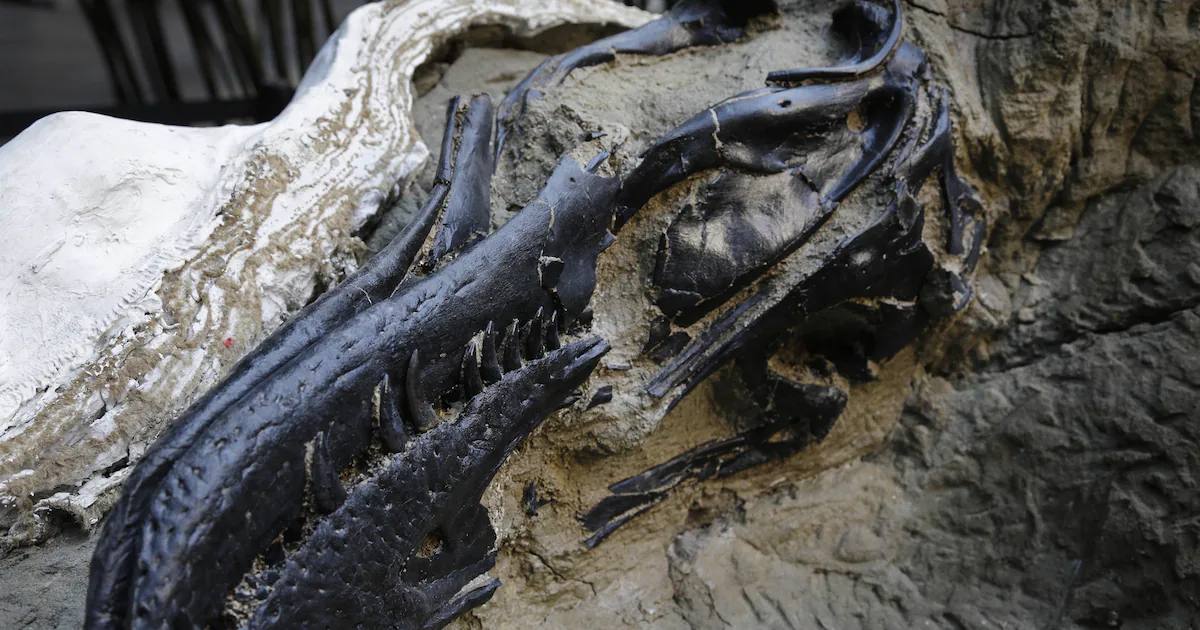Copyright Kalispell Inter Lake

Tara Carolin’s career in Glacier National Park was one of service to science and discovery. Carolin recently retired as the director of the Crown of the Continent Research and Learning Center in Glacier National Park. She worked for the Park Service for 33 years, 29 of which were in Glacier. She’s been the director of the center since 2009. In that time frame, scientific research and public outreach grew significantly. Today, the center oversees a thriving citizen science program, where trained volunteers monitor and count a host of vulnerable species such as loons, mountain goats, pikas and bighorn sheep, to name a few. Fellow scientist Jami Belt heads up the citizen science program, which started more than 20 years ago. The idea of research and learning centers started in 2003. The Crown Unit includes not just Glacier, but several other parks like Rocky Mountain National Park, Grant-Kohrs Ranch National Historic Site, Great Sand Dunes National Park and Florissant Fossil Beds National Monument, Carolin explained. The center doesn’t just foster science in parks, but shares the results with the public and fellow land managers. In Glacier, for example, Carolin organized an annual science and history day with Waterton Lakes National Park in Alberta, where scientists spend a day talking about their research. Over the years, Glacier hosted many brown bag talks, where scientists would give a talk during lunch about their work in and around the park. Today, they do podcasts and video series as well, which are posted on Glacier’s website and through other social media. Carolin was also the permit coordinator for scientists to do research in Glacier. At one point, it was about 80 permits a year, Carolin said. Today it’s about 50, which is still high compared to other parks. She has a master’s degree in wildlife and range from Brigham Young University and a minor in botany. She came to Glacier in 1996 as the park’s ecologist and over the years she’s traveled extensively in the backcountry. She doesn’t have a favorite place, she said, but she recalls some notable work. Perhaps most rewarding was working with renowned biologist Kate Kendall on research and work on whitebark pine in Glacier. That work found that 50% of the whitebark pine in Glacier were dead and many of the remaining trees had blister rust. So they started gathering seeds from trees that didn’t show the rust, raising them in nurseries and replanting them. That work continues to this day, but many of those early trees, some of which Carolin planted, are doing well today at age 25. “That’s one of the things I’m most proud of in my career,” she said. “Those trees might have cones (and be producing young trees themselves) in the next 10 years. That would be exciting.” She said another greatly rewarding experience was working with the Crown Managers Partnership, which brought together the tribes, parks, states and provinces to talk about issues and projects in an annual forum each year. Talking to tribal elders was particularly fun and rewarding. “It doesn’t matter what you ask,” she said. “They’ll tell you what you need to hear.” Funding over the years has shifted, Carolin noted. The center used to rely on entrance and other park fees for funding; now, the projects, many of which are popular and high profile, get funding through the Glacier National Park Conservancy, which is the official nonprofit arm of the park. Working with scientists and researchers has been very rewarding. “The best part of the job was getting to know a little bit about each research project,” she said. As for the future, she has optimism, despite the current challenges of federal budget cuts. “I want to be optimistic. We currently have so many great scientists working at both universities and federal agencies who are poised to move forward, conducting important research to inform wise resource stewardship into the future. However, if predicted budget reductions or worse yet, reductions in staffing occur, it will significantly hinder NPS’s ability to make decisions based on best available science,” she said. “In the immediate future, I expect the park may not have capacity to approve as many permits as it did in the past. I can only hope the park’s former capacity will be restored at some future date.” Personally, she still has places to explore in Glacier. She’s only 60 and her parents lived to be in their 90s, she noted. That’s plenty of time to explore the hills, valleys peaks and woods of the wonderful world of Glacier National Park and perhaps, do a little science and discovery of her own along the way.



